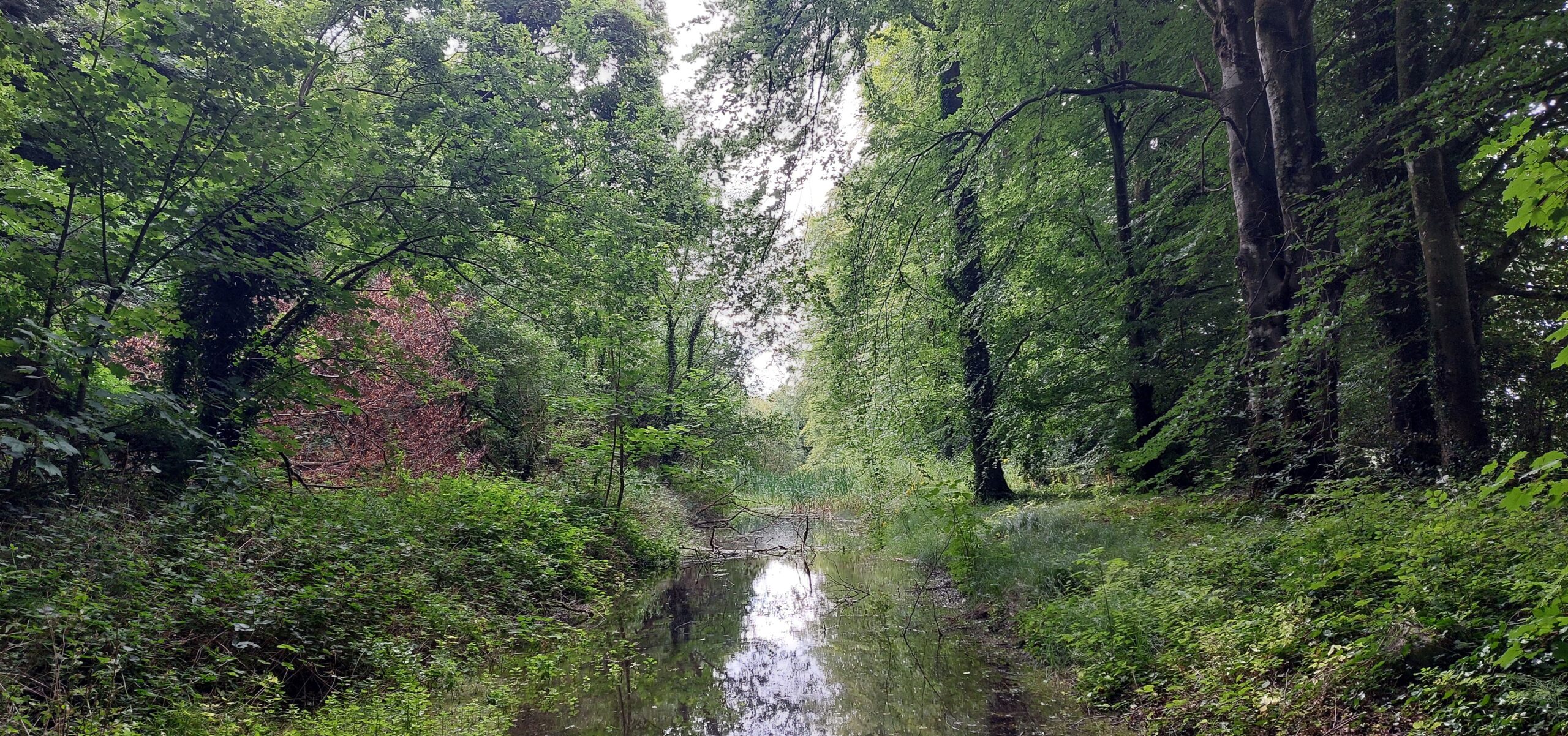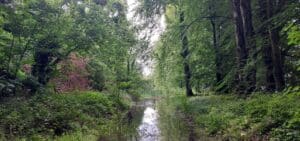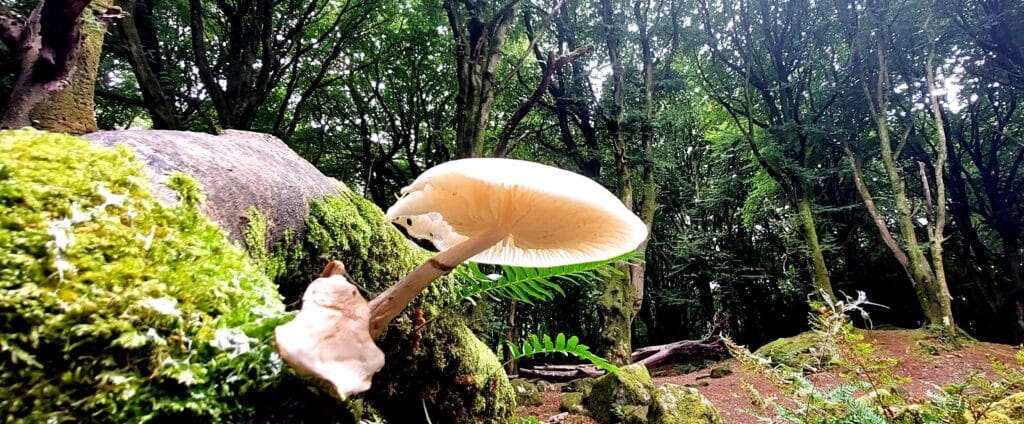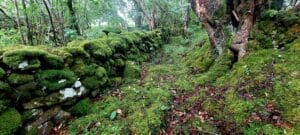
30 Jul Forest Biodiversity in Ireland
Forest Biodiversity in Ireland
Understanding the Variety of Life in Our Forests
What is Forest Biodiversity
Biodiversity is simply the variety of life.
In forests, it means the plants, animals, fungi, and microorganisms that live there, as well as the relationships between them and their environment.
Forests are more than trees — they are complex living systems where diversity is key to health, resilience, and productivity.
The Different Types of Forest Biodiversity
Biodiversity can be considered at several levels. In forests, it is usually described through the following dimensions:
- Species Diversity
The variety of species living in a forest — from towering oaks and pines to mosses, lichens, insects, birds, and mammals.
High species diversity means a richer web of interactions and a greater ability to adapt to change.
- Genetic Diversity
Variation within a species — for example, differences between individual oak trees in disease resistance or growth form.
Genetic diversity is critical for long-term adaptation to pests, diseases, and climate change.
- Structural Diversity
The physical structure of the forest — including tree height, trunk diameter, canopy layers, gaps, deadwood, and understory vegetation.
A forest with multiple layers (ground flora, shrubs, mid-storey, and canopy) offers more niches for wildlife.
- Age Diversity
A mix of young, middle-aged, and old trees provides continuity of habitat and resources over time.
This is often lost in even-aged plantations, but is common in natural or well-managed continuous cover forests.
- Habitat Diversity
Forests contain many microhabitats — streams, ponds, rocky outcrops, glades, deadwood piles, and old tree hollows.
The more varied the habitats, the more species the forest can support.
- Functional Diversity
The variety of ecological roles played by different organisms — from pollinators and seed dispersers to decomposers and predators.
A functionally diverse forest can maintain essential processes even if one species declines.
- Seasonal Diversity (Phenological Diversity)
Variation in life cycle timing — different flowering, fruiting, migration, and breeding seasons.
This ensures that food and shelter are available throughout the year for different species.
- Spatial Diversity
The arrangement and connectivity of forest patches across the landscape.
Linked woodlands allow species to move between them, maintaining healthy populations and genetic exchange.
Why Forest Biodiversity Matters
- Resilience – Diverse forests are better able to withstand storms, pests, and climate change.
- Wildlife Habitat – Provides food, shelter, and breeding sites for thousands of species.
- Soil Health – Leaf litter, roots, and soil organisms maintain fertility and structure.
- Water Quality – Forest plants and soils filter and regulate water flow.
- Carbon Storage – Healthy, diverse forests store more carbon in trees and soils.
- Cultural Value – Native species and landscapes are part of Ireland’s heritage and identity.
Forest Biodiversity in Ireland
Ireland’s native woodlands are naturally rich in biodiversity, supporting complex communities shaped over thousands of years.
In contrast, many of our commercial plantations are even-aged and single-species, which limits some aspects of biodiversity — though good design and management can still provide valuable habitats.
Native woodland restoration, species mixtures, and sensitive management all play a part in increasing biodiversity across Ireland’s forests.
Threats to Forest Biodiversity
- Habitat loss and fragmentation – Clearance for development, agriculture, or poorly planned forestry.
- Invasive non-native species – Plants, animals, and diseases that outcompete or damage native species.
- Pests and diseases – Examples include ash dieback and great spruce bark beetle.
- Deer – Overpopulation puts forest diversity under enormous pressure.
- Climate change – Altered weather patterns, drought, and extreme events.
- Poor management – Overly simplified forest structures, excessive clearfelling, or neglect.
Protecting and Enhancing Biodiversity
- Use native species where appropriate.
- Maintain mixed ages and structures in the forest.
- Retain deadwood for fungi, insects, and birds.
- Protect and restore wetlands, streams, and riparian zones.
- Create open glades and edge habitats.
- Connect woodland patches to allow wildlife movement.
- Apply Continuous Cover Forestry to maintain permanent forest habitat.
- Proactive Wildlife and Habitat Management.
Ecoplan’s Approach
At Ecoplan, biodiversity is at the heart of good forest management.
We work with landowners to design, plant, and manage forests that are productive but also rich in life.
From native woodland establishment and native woodland conservation, to improving the ecological value of existing plantations, our aim is to ensure that forests remain healthy, resilient, and valuable for generations to come. You can read about our success in the E.U. Award winning Birr Castle Bee Project.
If you’d like to explore how your woodland can better support biodiversity, or how to improve your forest diversity, contact us to discuss practical, tailored options.
And if you want the hard data on Forest Biodiversity you can find it all on the The Forest Information System for Europe (FISE) dedicated page




